K’gari dingo destroyed after attack, calls for cap on visitor numbers
A K’gari ranger says the issue of dingo attacks on the famous island is actually now a “people problem”, as the leader of a pack of dingoes that savagely mauled a female jogger is destroyed.

QLD News
Don't miss out on the headlines from QLD News. Followed categories will be added to My News.
A K’gari ranger says the issue of dingo attacks on the world-famous island is actually a “people problem”, as the leader of a pack of dingoes that savagely mauled a female jogger this week has been destroyed.
The male was one of four which forced Brisbane woman Sarah Peet into the water and attacked her at Orchid Beach on Monday morning.
She was saved by fellow K’gari visitor Shane Moffat, who heroically ran into the surf and punched the dingoes off her.
The male dingo was one of three wild dogs that had been collared by rangers following a spate of “high-risk” incidents including attacks.
A Department of Environment spokesman said the dingo had been captured and “humanely euthanised”.
“Euthanising a high-risk dingo is always a last resort, and the tough decision by the Queensland Parks and Wildlife Service was supported by the island’s traditional owners, the Butchulla people,” he said.
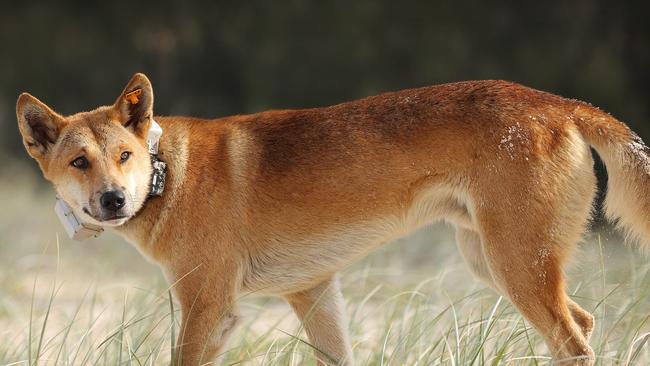
“The wongari (dingo) has been responsible for recent threatening and biting incidents, including the hospitalisation of a six-year-old girl and the 23-year-old
“The QPWS extends its sympathies to the woman and hope she makes a speedy recovery, and we would like to thank the people who came to her aid.”
The spokesman said the dingo weighed a “heavy” 17kg when it was collared in April after attacking the girl, indicating it had been fed by humans.
“It was also clear from its behaviour that it had become habituated, either by being fed or from people interacting with it for videos and selfies,” he said.
“The animal had lost its natural wariness of people, and entering campsites or loitering around people is not normal dingo behaviour.”
The spokesman said the investigation into the attack on Ms Peet was ongoing, with rangers attempting to identify the other dingoes involved.
“Should the other animals be identified, we will consider our management options,” he said.
He said visitors to the island needed to follow dingo safety messages.
Principal ranger Danielle Mansfield said the high-risk dingo involved in Monday’s attack was demonstrating “habituated behave”.
“As a result of a number of negative interactions with visitors we have had to remove that animal,” she said.
Ms Mansfield said the dingo had four negative interactions with humans.
She said rangers have images of the other dingoes involved in Monday’s attack, and that they could possibly be collared once identified.
“We are looking over their markings to make sure that we can monitor them and when we identify those animals we will be able to take the next steps.”
The move to euthanise the dingo comes as the Queensland government is called on to consider a cap on the number of tourists visiting K’gari or close high-risk areas of the island, amid a spate of dingo attacks, but says it is not considering the move.
Asked whether dingo management policies on K’gari would be reviewed, Ms Mansfield said: “We have a very concise process that we follow – these decisions aren’t taken lightly – we need to ensure that we have the right animal, all the necessary parties are consulted.
“We don’t want to be putting down healthy animals because people don’t listen to what we have told them to do.”
Ms Mansfield said a dingo euthanised last month, had also attacked visitors near Orchid Beach.
“We are not in the business of destroying animals, we are in the business of conserving wildlife and looking after their habitat – it is a people problem now,” she said.
“We have got severe penalties in place, obviously they are not enough of a deterrent.
Ms Mansfield said all campgrounds have capacities but “if we are going to manage high-risk dingoes we would be actually closing campgrounds just to break that cycle of interactions.”
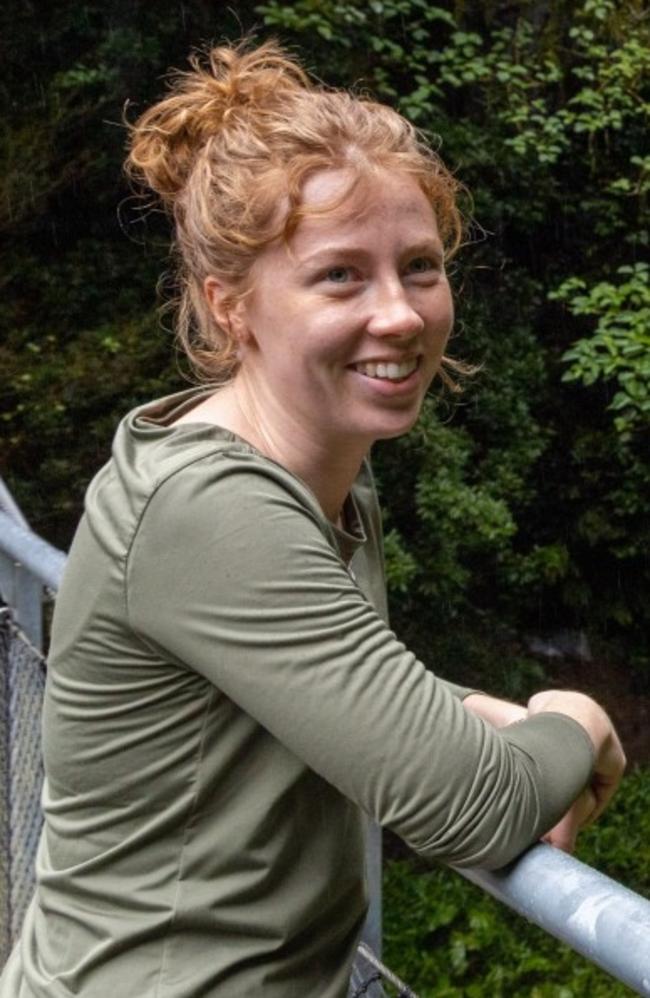
Premier Annastacia Palaszczuk on Thursday said she was “very concerned” about increased dingo attacks.
“I’m very concerned about what is happening at the moment with the increased level of dingo related incidents on young people,” she said.
“What happened to that young woman is absolutely terrifying and thankfulness those people came.”
Ms Palaszczuk said caps on visitation numbers to K’gari, as proposed by conservation groups, was not being considered the government at the moment.
She called on tourists to heed the numerous warning signs plastered across the island informing them to be dingo-safe.
Tourists have been slammed by rangers for risking injury or death in the quest to get a selfie with a dingo, sparking debate whether visitor caps should be formalised.
Cheryl Bryant, from Save The Fraser Island Dingoes, has called on the government to cap the number of visitors allowed on K’gari, especially during “peak periods”. The government says visitors to the island are effectively capped through camping and vehicle permits, but there are calls for the system to be more stringent and formalised.
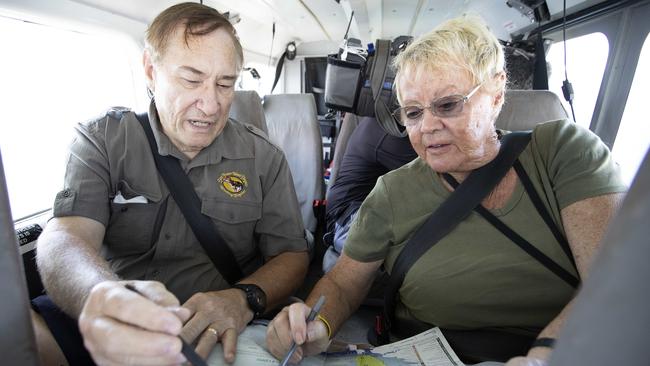
“Visitor numbers are not capped … in fact the government has no idea of how many visitors go to the island as they only monitor vehicle registration,” Ms Bryant said.
“They do close certain campsites where there is dingo activity and that is a positive, but we need more rangers on the ground and, as we have suggested in the past, that during peak periods to utilise informed community volunteers to help educate the visitors.
“(A cap) would certainly reduce encounters … during peak periods the east coast is swarming with visitors, it is impossible for the resident dingoes to avoid some kind of interaction, most are positive as tourists love to see the animals, but it only takes one person to do the wrong thing to instigate a negative incident.”
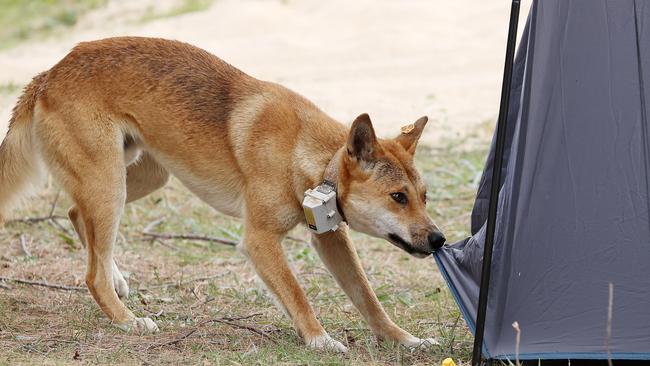
Fraser Coast Regional Council Mayor George Seymour said he would support visitor caps “where it was deemed it would help”.
“There are specific times like when the young dingoes are active that it might be very beneficial for sites in certain areas to be closed,” he said.
He expressed concern that “these attacks over the past couple of years have been alarming in their scale and frequency”. “The nature of the attacks seems to have changed,” he said.
“It is a wilderness though and that’s why people want to visit; and this will always come with risks.”
Butchulla Aboriginal Corporation director Christine Royan said the safety of visitors needed to come first.
“With hundreds of thousands of tourists coming to the island each year, there could be times when parts of K’gari were closed to the public, when dingoes were particularly active,” she said.
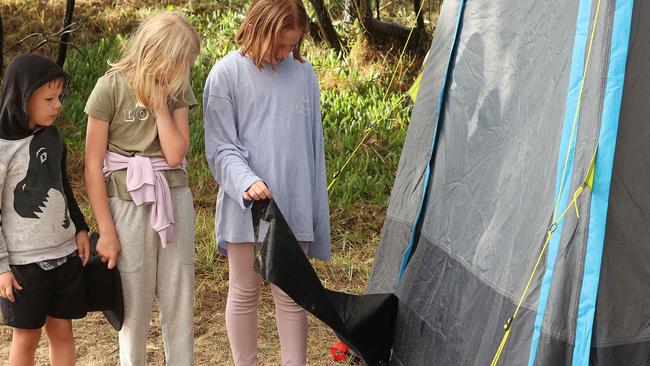
That included during the autumn mating season when female dingoes could be pregnant and during whelping season, when the new pups were cared for during the winter months.
A cap on visitor numbers and more radical options such as dingo pup training have also been floated by Queensland University of Technology academic Dr Katie Woolaston.
Dr Woolaston, who studied the K’gari dingo problem for her PhD on human-wildlife conflict, said current dingo management actions were not working and dangerous attacks were increasing.
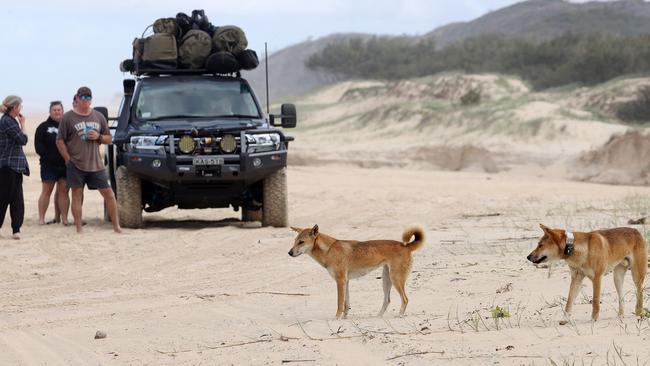
She said more research was needed into potential solutions, including a visitor cap and tougher penalties giving rangers more power to evict people doing the wrong thing from the island.
“We’re at the point where, if things continue to occur at the rate that is currently happening, we need to do something drastic to resolve it,” she said.
Dr Woolaston said this could involve a “one-strike rule … having the ability to remove people from the island if they show right from the get-go that they’re not going to comply with the management policies.”
“Because the kid that’s going to get killed isn’t going to have a second chance,” she said.
Other solutions could include training dingo pups not to attack humans or putting feeding stations on K’gari, Dr Woolaston said.
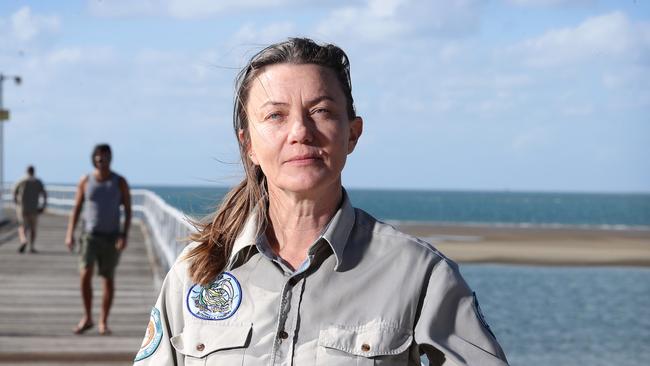
Fraser Island Defenders Organisation director Keith Sinclair, whose father Dr John Sinclair led the historic fight against sand mining on K’gari, said visitor numbers were “a real problem” on the island and a cap could work.
“As the interactions between the animals and the people increase, that causes the problem,” said Mr Sinclair, who has been going to Fraser and now K’gari for more than 50 years. He also backed the “one-strike” eviction proposal, saying too many visitors were flouting the rules and had too much freedom to go wherever they wanted on the island.
Asked if a visitor cap should be introduced, Tourism Minister Stirling Hinchliffe’s office said the Queensland Parks and Wildlife Service already managed numbers through camping and vehicle permits.
“As an iconic World Heritage-listed sand island, K’gari is a highly sought-after eco-tourism destination that international and domestic visitors travel many thousands of kilometres to experience,” a spokesman said
Queensland Parks and Wildlife officer Linda Behrendorff said visitor numbers on the island were “effectively capped” and “change periodically” for high and low peaks.
The Environment Department has been asked for comment about visitor caps.
Originally published as K’gari dingo destroyed after attack, calls for cap on visitor numbers



